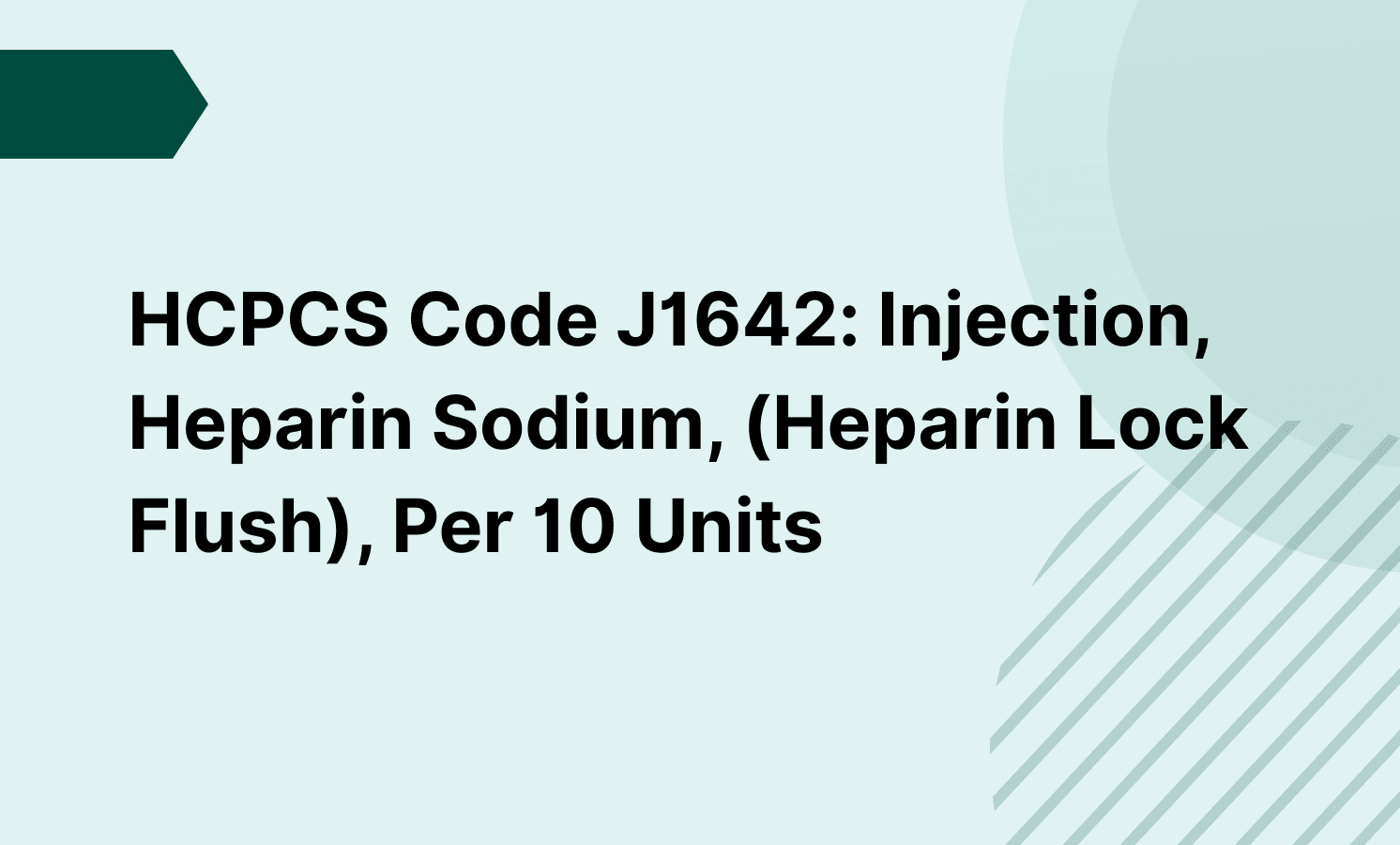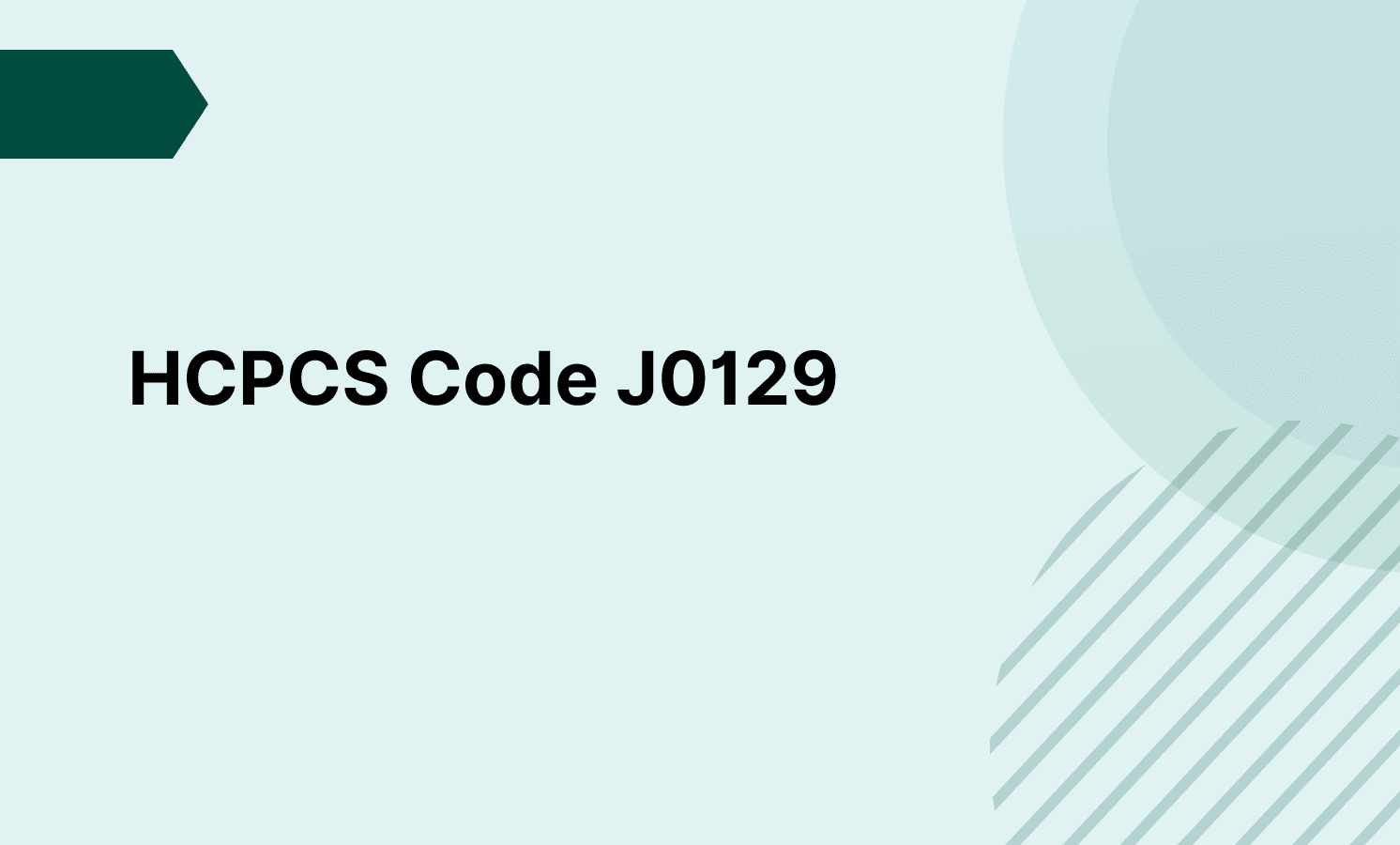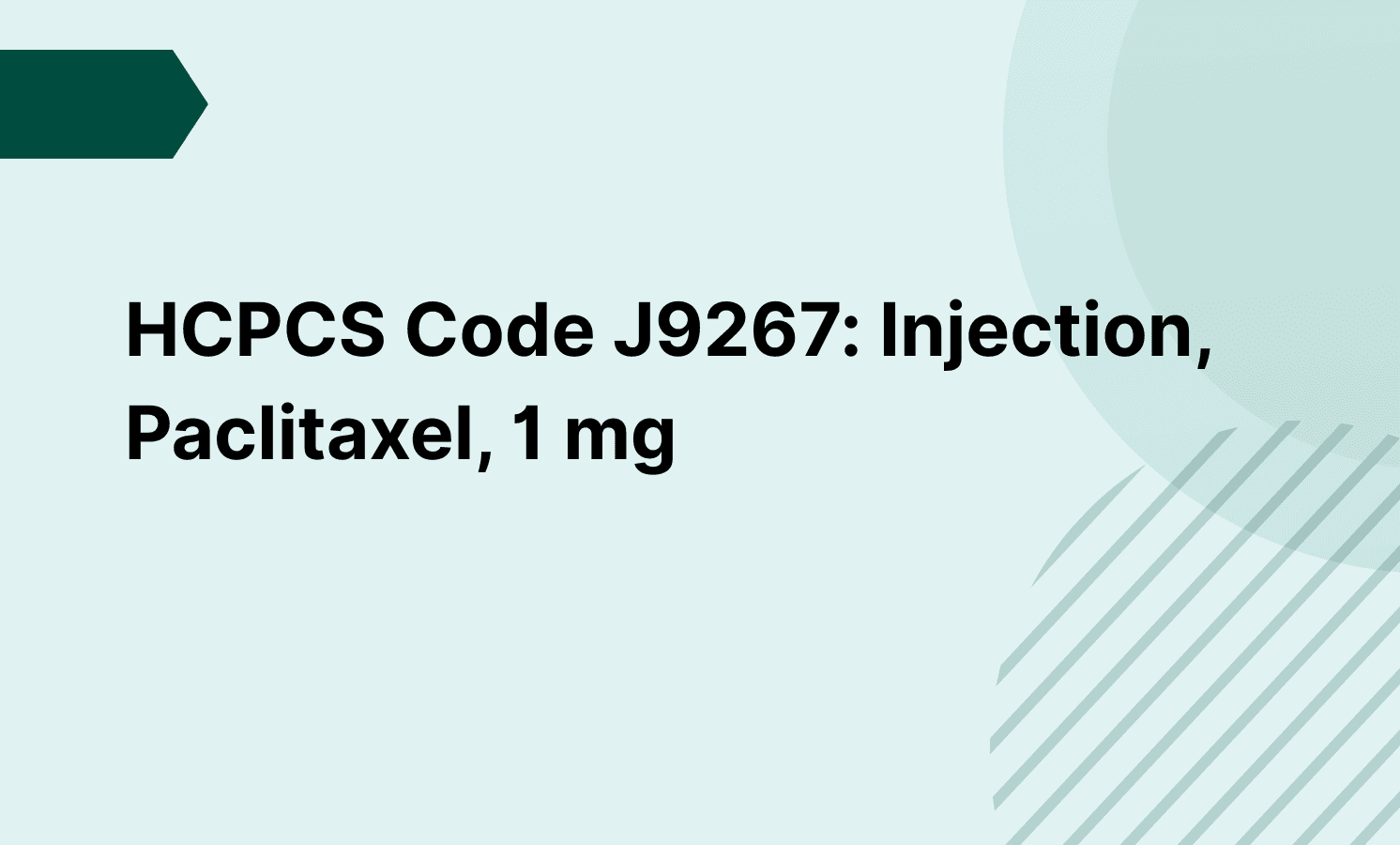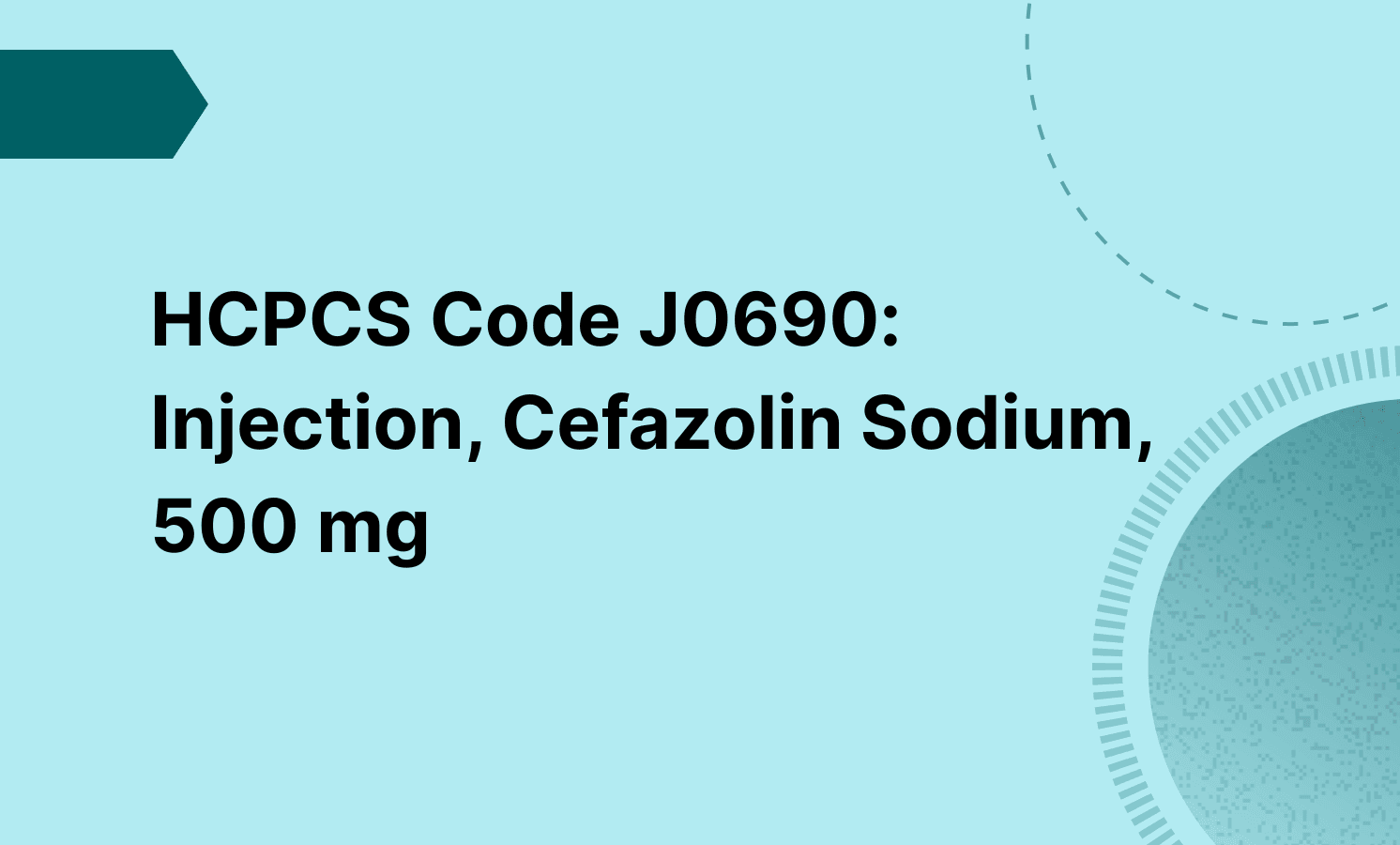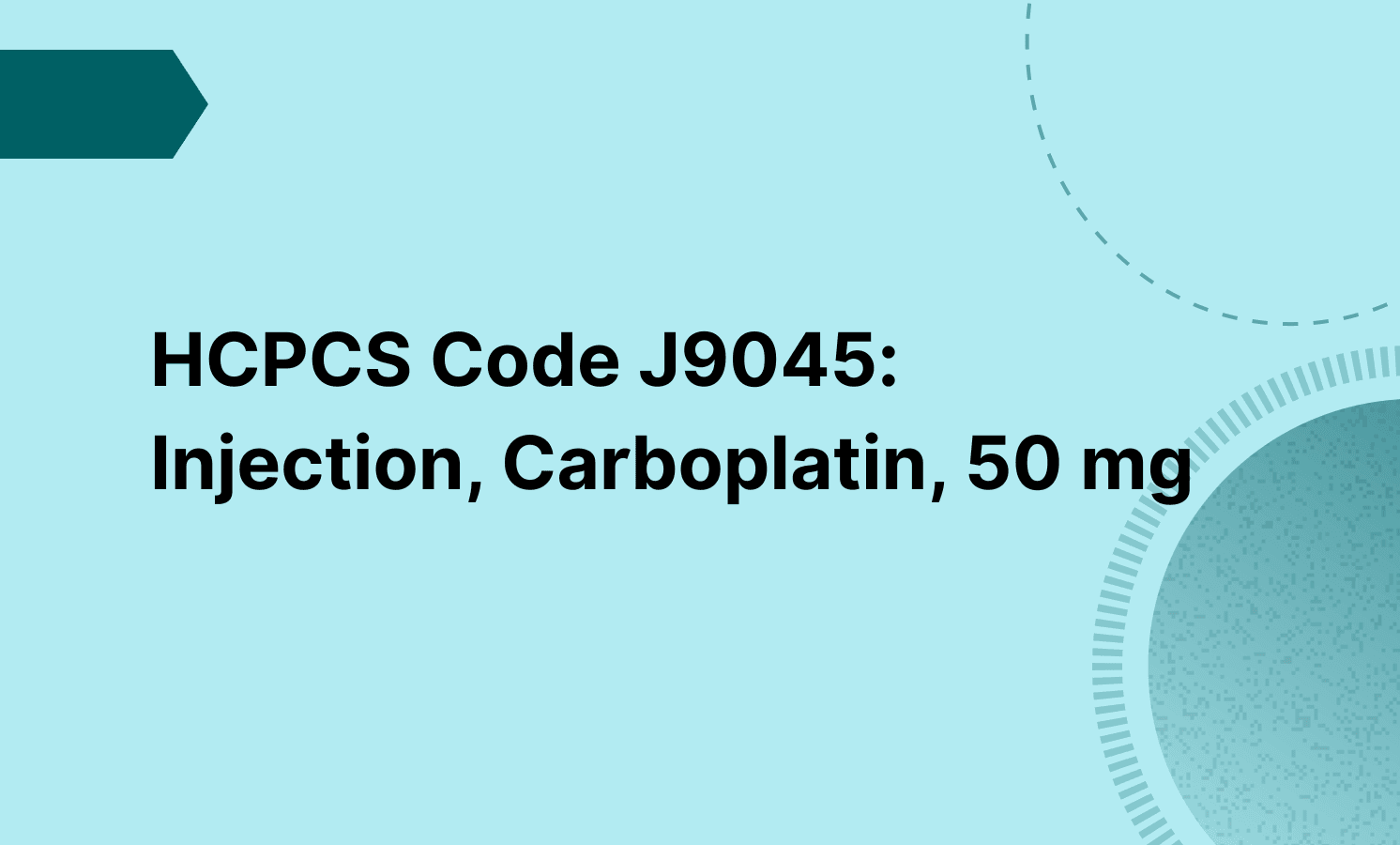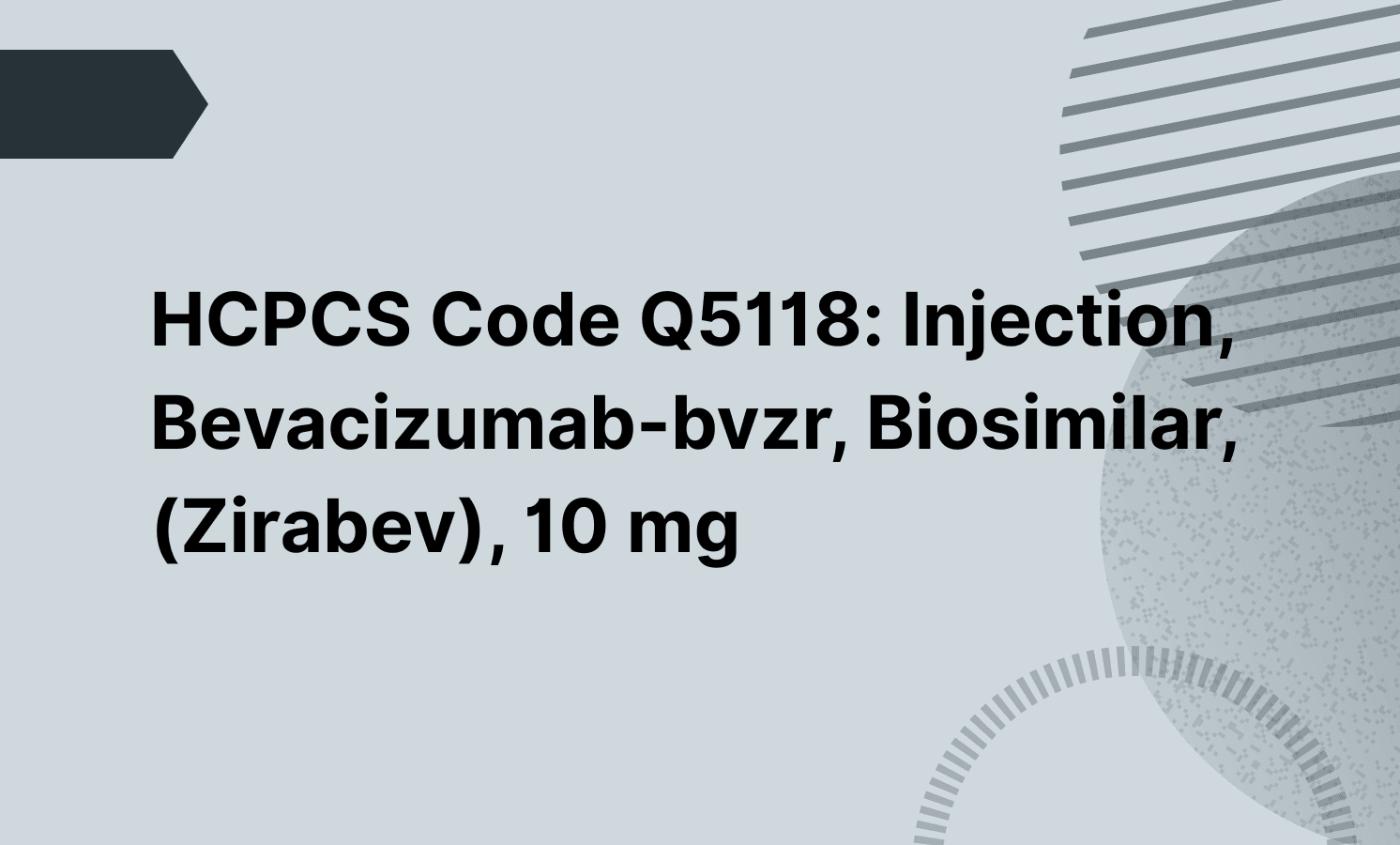CPT code 41899 is used to report unlisted dental procedures involving the dentoalveolar structures, such as the alveolar bone or surrounding tissues, when no specific CPT code applies. It typically captures unique or complex surgical interventions on the teeth or jaw that are not described elsewhere in the code set.
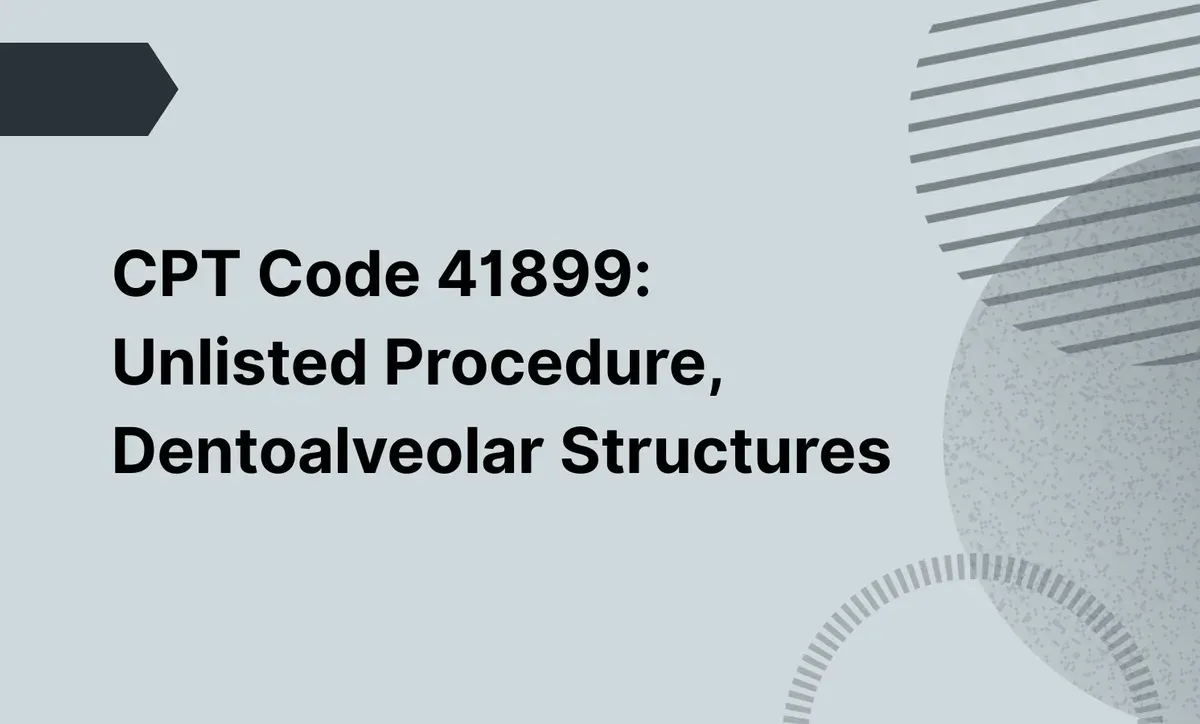
CPT Code 41899: Unlisted Procedure, Dentoalveolar Structures
CPT code 41899 covers unlisted dental procedures on dentoalveolar structures. Learn documentation, billing, and related code guidelines for compliance.
Frequently asked questions
No specific CPT code has replaced 41899, as it continues to serve as the default unlisted procedure code for unusual or non-standard dental and oral surgeries. When a more descriptive code becomes available, it should be used instead of 41899.
CPT code 00170 is used to report general anesthesia for intraoral procedures, while 41899 captures the unlisted dental or dentoalveolar procedure being performed. These codes are often submitted together when a patient undergoes complex oral surgery requiring anesthesia in a monitored setting.
The appropriate CPT code for general anesthesia during wisdom teeth removal is 00170. This code applies when the procedure takes place in a surgical or hospital setting under the care of an anesthesiologist or qualified provider.
EHR and practice management software
Get started for free
*No credit card required
Free
$0/usd
Unlimited clients
Telehealth
1GB of storage
Client portal text
Automated billing and online payments

